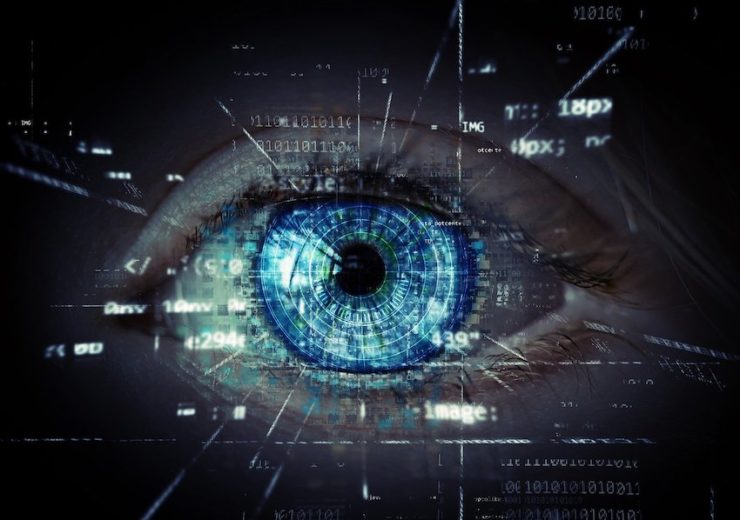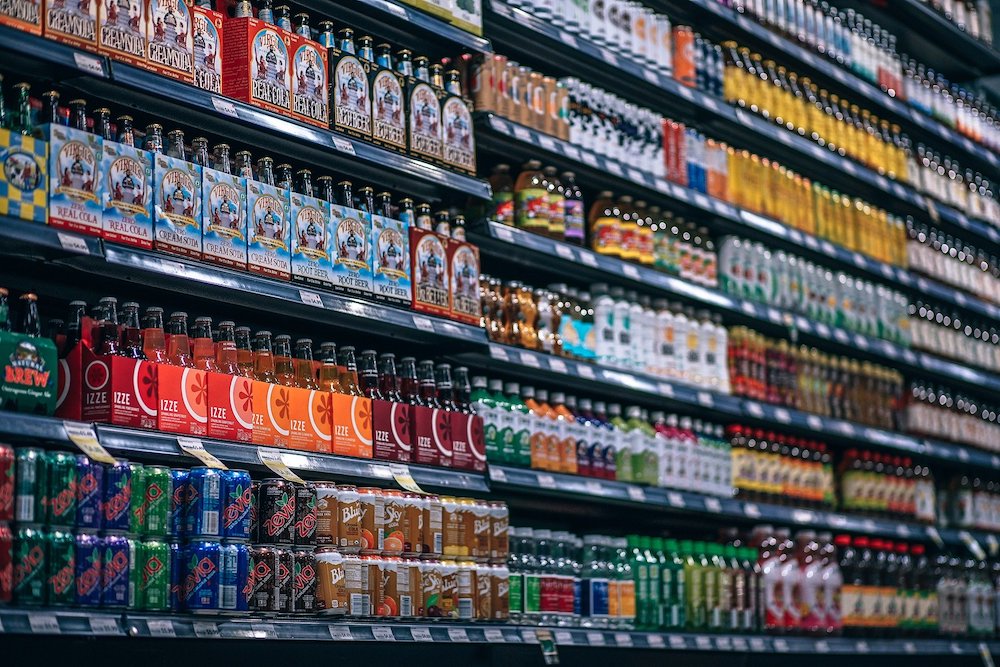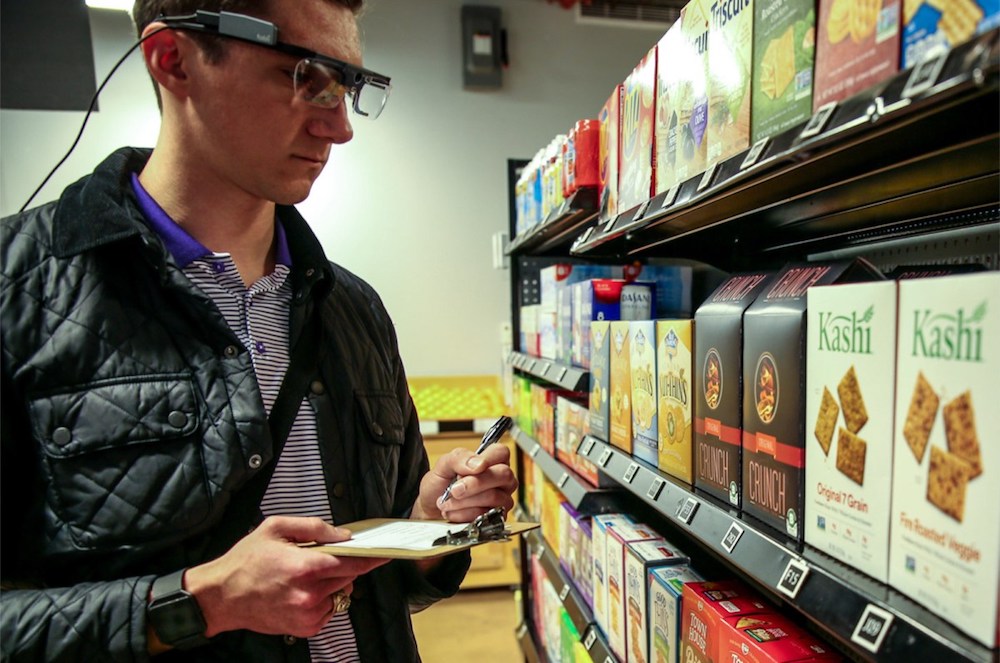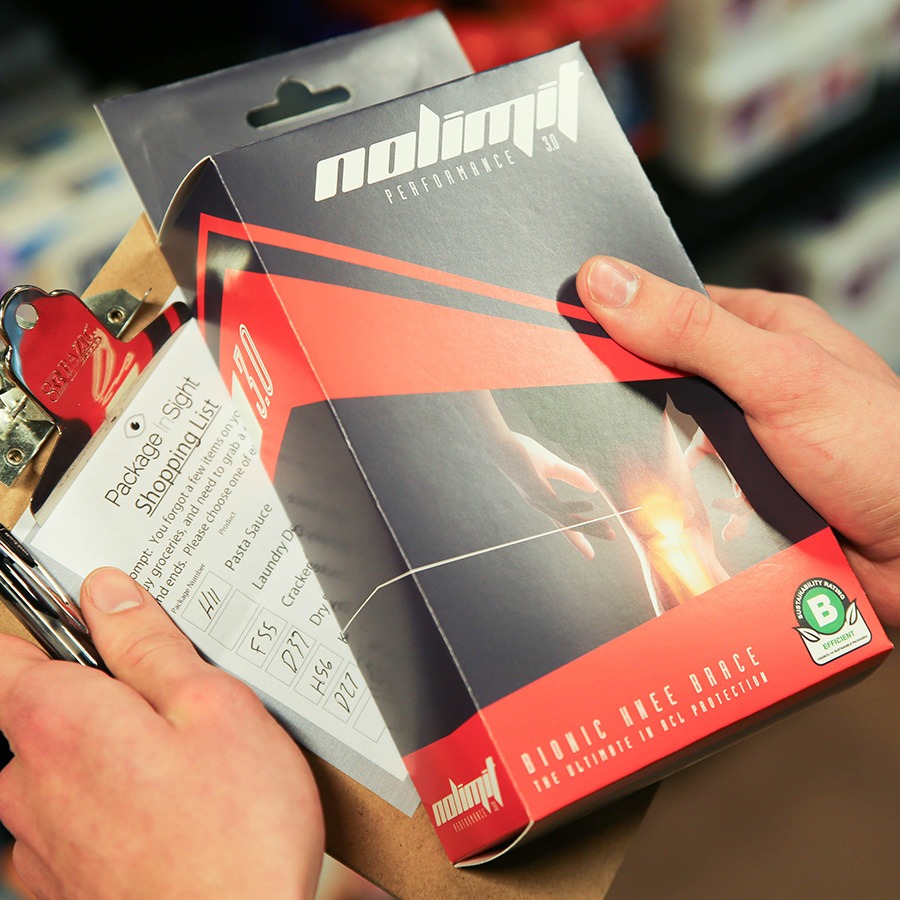Research agency Package InSight is using eye-tracking technology to understand how consumers interact with packaging designs and the impact it has on purchasing decisions

Eyes are capable of processing about 36,000 bits of information an hour (Credit: Pixabay)
Since the 1980s, eye-tracking has been used for everything from increasing advertisement effectiveness to improving user experience on websites. Thomas Parker finds out how marketing research firm Package InSight is using the technology to understand the impact sustainability symbols have on consumer sales.
When it comes to processing information, the eyes are one of the most vital parts of the body.
They can process about 36,000 bits of information an hour, focusing on about 50 things per second.
For designers and advertisers, understanding how this part of the body consumes images could give them a clear advantage.
Speaking at a webinar hosted by non-governmental organisation Sustainable Packaging Coalition, Dr Andrew Hurley, an associate professor in packaging science at Clemson University, South Carolina, said: “When thinking about design and packaging, there are so many variables to think about.
“There are little things that can have a significant impact on an individual’s behaviour.”
T get a clearer understanding of how consumers’ eyes interact with packaging, Dr Hurley set up Package InSight.
History of Package InSight
The organisation was set up in 2009, when a group of university professors began to develop a consumer experience laboratory to study packaging design.
To conduct these consumer-led experiments, the CUShop was constructed to pilot various biometric devices — including eye-tracking — that could advance the packaging industry.
Based in Grenville, South Carolina, the lab is an 8,000-square foot space designed to look like a convenience store.
Dr Hurley explained: “The goal in these laboratories is to set up a real in-context environment with real shoppers [and] real packaging.
“We set up those shoppers with ergonomic, lightweight biometric sensors like eye-tracking, which can record their eye movements in the natural marketplace setting.
“This gives us the data to be able to understand the influence of packaging design on consumer behaviour.

“The goal behind these experiments is to make it as natural as possible, putting it in an actual retail context.”
The data provided by eye-tracking technology — which records 50 eye movements a second — gives the researchers an overview of what part of the packaging consumers’ eyes are most naturally attracted to.
Dr Hurley added: “The average person is not able to recall what they’re looking at 50 times per second, it’s a non-conscious response, so good design does focus someone’s attention.
“Eye tracking is a very powerful tool that can be used to help level-up businesses’ ethnographic research, and allows them to understand what people are looking at across all the claims and communication across a piece of packaging.”
To date, the CUShop and its eye-tracking technology has been used to test the impact foil stamping — a printing technique — has on customer engagement, and whether or not consumers’ purchasing decisions are influenced by sustainability logos and labels.
How do sustainability logos and labels influence consumer behaviour?
In 2018, Package InSight began working with marketing strategy and insights company Quad to investigate the impact sustainability logos have on purchasing decisions.
Quad’s vice president of enterprise solution, Paul Nowak, explained: “What we wanted to find out is whether or not sustainability ratings increase consumer attention and sales when compared to the same package with no sustainability ratings.”
In the first experiment, the researchers created their own brands and sustainability labels.
The labels gave packaging an A, B or C rating based on how environmentally-friendly it was: A for sustainable, B for efficient and C for average.
Nowak said: “Our initial stance was to just see if consumers reacted to the sustainability claims, whether or not they recognised it at first.”
The test involved two groups of 30 shoppers wearing the eye-tracking technology going into the CUShop.

In the store, there were five types of consumer packaging designs — frozen food, dry pasta, snack food, health/beauty, and multi-pack beverage items — each including examples with and without a sustainability claim.
Ahead of the experiment, the participants were asked whether or not sustainability influences their decision-making when purchasing products — with more than 40% saying it did.
Despite this, 92% of those involved in the study did not notice the sustainability logos, according to the eye-tracking technology.
After the experiment, the shoppers took part in a post-shopping survey asking what packaging they thought was more sustainable.
Of the five packaging types in the project, 73% thought food packaging was the most environmentally-friendly, followed beverage items, and cleaning products.
The research concluded that while sustainability is important to consumers, they did not make purchase decisions based on a visual rating system.
Sustainability symbols and education
The following year, Quad and Package InSight began building a second study, looking at what could be done differently.
Nowak explained: “The question moved away from the sustainability logo or label to educating the consumer.”
The 99 participants involved in the second study were divided into two groups, with one of the groups given an educational flyer.
The document explained how a made-up organisation had launched a new grading system — the same one used in the previous study — to help consumers make informed decisions when shopping.
The informed group were then sent into the CUShop, where they encountered fake products with sustainability symbols outlined in the flyer.
The other participants went into the shop that contained real brands with claims added to their products.
Like in the previous study, everyone involved in the experiment were given eye-tracking technology.
The researchers found that educating consumers about the rating system did impact their buying decisions, resulting in a 50% increase in purchases and a 44% rise in the badge recognition when compared to the first study.

Taking these findings, the team looked for a more “realistic” way of educating people about sustainability labels.
In its third study, the researchers took the educational material from the flyer and put it onto coupons.
The experiment consisted of two groups of 50 participants, both of whom were educated beforehand, presented with three real brands bearing sustainability labels used in the two previous studies.
One of the groups had, however, received a coupon highlighting one of the product’s A rating.
Researchers found consumers recalled the brands with the sustainability logo 10% to 30% more in every product category when educated beforehand.
Additionally, the well-known products with a lower sustainability rating left 30% of the participants “guilty”, “sad” and “disappointed”, and led them to change their purchase decision.
Alongside this, coupons that directly promoted sustainability increased how many people noticed and bought that brand by 20%.
Participants were also able to recall items that featured the sustainability claim more frequently than items without a claim.
Dr Hurley said: “That’s a takeaway from the study that we didn’t go in expecting.”
The researchers are now looking to do a fourth study, which would focus on real brands’ sustainability messages.
How the Gutenberg Diagram can be used to tell a ‘sustainability story’
One area explored during these studies was the way eyes scan the front of a packaging product, discovering that the participants followed a similar pattern to that of the Gutenberg Diagram.
This design concept splits an image — whether this is a web page or a piece of advertisement — into four quadrants, which is used to show a user behaviour known as reading gravity.
It suggests readers’ eyes start in the top left-hand corner of a page, then move towards the middle of the image, before finally ending up in the bottom right-hand corner.
It’s a design method commonly used within the packaging industry as, according to Dr Hurley, brands “value drop things in very perceptible areas on a package”.
He added: “Look at cereal boxes, they’re loaded with brands in the upper left-hand corner, putting the free giveaways in the bottom right-hand corner.”

For the studies, the researchers developed three packaging designs that could have been used during the experiments.
The first design put the sustainability claim in the top left-hand corner, going from there to the brand, before finally ending up with the responsibility statement in the bottom right-hand corner.
The second iteration placed the brand in the top left-hand corner, but didn’t have a clear message in the bottom right, leaving the reader “left without anything”.
Dr Hurley added: “We ended up with iteration three for the study, which starts off with the brand itself, the consumer’s eyes scan through a product-orientated value statement, and then all of the tested claims were placed in the bottom right-hand corner.”
The purpose of this type of packaging design was to “tell a story around the sustainability message”.
